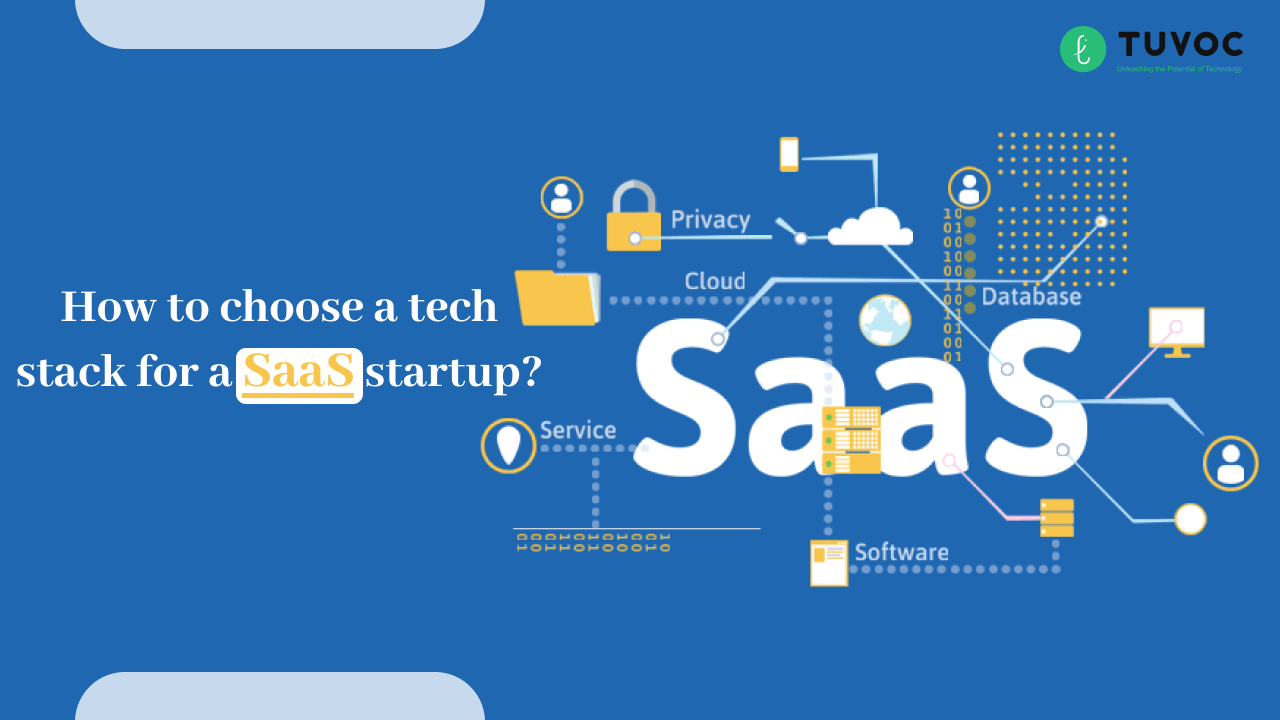Tech stacks are like the building blocks of your SaaS startup. Think of it as if you’re choosing what you want your house to be built with – is it a wooden foundation? Is it a concrete block foundation? Is it a brick foundation? These questions arise when you’re picking the type of technologies that would be the best for you from the pool of options available. A proper web development company may help you out here by selecting the stack that best for you.
The right tech stack would mean the world of difference, helping you achieve your SaaS web development goals in a super-quick fashion. There are a lot of factors that you would have to consider, so we’ve crafted a blog that will help you exactly with that.
Let’s get started!
Why Does Choosing the Right Tech Stack Matter so Much?
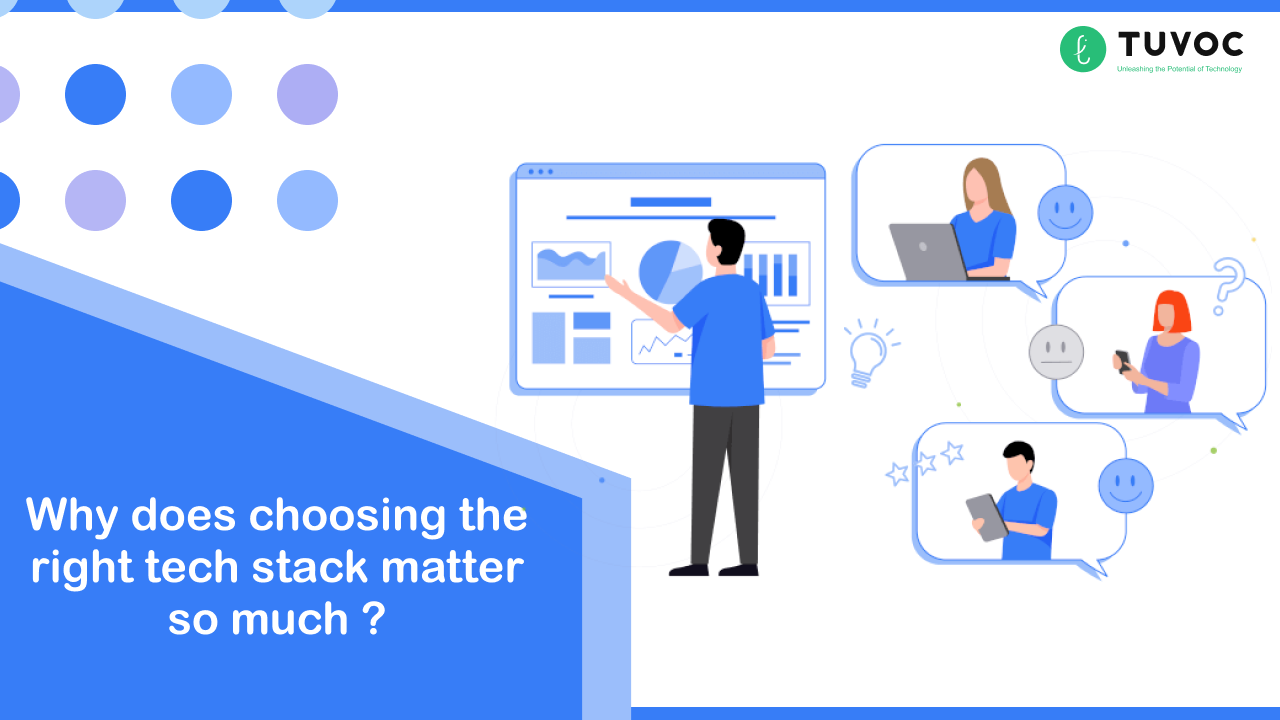
Tech stacks are what a skeleton is to our body. It provides a framework that helps you translate software goals into reality, it’s the same for SaaS application development too. It serves to encompass all programming languages, frameworks and tools used for development. Let’s understand in detail why choosing the right stack is crucial:
Scaling
While we’re talking about SaaS development, scalability is definitely the undisputed king. Your SaaS application must be able to handle increasing user loads without compromising a tad bit of performance. So, you’ll have to go for technologies that offer both horizontal scaling (which refers to adding more machines) and vertical scaling (adding more power to the existing machines).
A combination of Node JS and React is famous for scaling with its own capability to scale horizontally and vertically in big and bulky applications.
Load and Response Time
User satisfaction has 1 major prerequisite – speed. You have to make sure that your apps are faster than fast and outperform your competitors. You’ll have to develop that competitive edge, and you’ll get that when you use frameworks like React and Angular on the front-end for faster DOM loading and manipulation, and Node.js and Django at the backend providing high performance operations.
Prioritize a tech stack that offers superfast load times, rapid data retrievals and fluid interactions.
Cost
Consider that the costs will go beyond just development costs when you’re developing. You must consider factors like licensing, hosting and maintenance of the tech stacks that you choose. Open-source technologies such as LAMP (Linux, Apache, MySQL, PHP) help minimize those initial development costs.
But, keep in mind the long-term costs that will arise once you opt for more scaling and support. This is a crucial part of SaaS development, where cloud-based solutions like AWS and Azure can help you.
Security
Security must be right at the top of your SaaS essentials list. Technologies that offer built-in security features, regular updates and robust encryption measures will get you that peace of mind.
More importantly, they’ll give your users their much-needed peace of mind. Go for encryption and secure authentication methods, they’ll help you a lot.
Technology Compatiability
The technologies that you use must be able to complement each other in one way or another.
You should be able to integrate third-party tools and services like payment gateways, analytics platforms and even third-party APIs.
Some technologies that provide extensive integration capabilities includes RESTful APIs and GraphQL, are giving you that effortless user experience.
Which Stacks Should I Pick?
MEAN Stack (MongoDB, Express.js, Angular, Node.js):
MEAN’s prime advantage includes how efficiently and robustly it can utilize JavaScript for both front-end and back-end. It uses JSON for data exchange, making communication amongst various components efficient. With the performance that it offers, MEAN is the go-to choice for complex enterprise applications, real-time apps and single-page applications.
The downsides include it being a little hard to master, and it is usually considered more complex than necessary for projects that are smaller in nature.
MERN (MongoDB, Express.js, React, Node.js):
MERN takes the throne of being able to build those dynamic and visually appealing user interfaces that connect effortlessly. The dominance that React shows in the front-end department makes all the difference. Also, MERN is just like MEAN’s brother, and it also utilizes JavaScript and JSON for a streamlined development experience. MERN excels in creating succinct user interfaces, real-time applications and dynamic single-page applications.
But again, React tends to have a steeper learning curve, requiring more boilerplate code for setting it up.
LAMP (Linux, Apache, MySQL, PHP):
LAMP is like the old-timer of tech stacks. It’s well-established and cost-effective, while being open source you don’t really have to pay for any licensing fees at all. It’s a solid choice for simple web applications, content management systems (CMS) and projects wherein budget is concerned.
On the flip side, PHP is regarded to be slower than most modern languages, so LAMP might not be the best choice for high-traffic applications.
Serverless Stack (AWS Lambda, Google Cloud Functions):
A serverless stack is quite literally a game changer in itself. It allows running code without managing servers at all, and thus it emerges as a highly scalable and cost-effective solution. It offers outstanding developer experience with in-built features such as automatic scaling and built-in security.
The serverless approach requires a more upfront setup, not proving to be the best fit for changing, content-heavy websites.
JAMstack (JavaScript, APIs, and Markup):
JAMstack is the speediest of them all. With pre-rendered static content, websites developed with JAMstack are lightning-fast and extremely secure. With that, it offers a 10/10 developer experience with JavaScript tools. The stack is perfect for static websites, marketing websites and content-driven websites wherein performance and security are important. But again, JAMstack is not that preferred for websites that frequently update content.
Conclusion
Knowing about tech stacks is one thing, and choosing a tech stack for your website is a whole different ball game altogether. For choosing the proper tech stack, you must make sure that you’ve got all your needs and requirements laid out beforehand.
For your development endeavour to succeed, you’ll have to go for the perfect combination of technologies and accept the fact that there’s no one-size-fits-all solution.
Also, looking for an Android apps development company to complement your SaaS business with an app? Look no further then, we’ll help you with our Android App Development Services.
You can also Hire Android developer with us spearheading your app development as well as SaaS development!
Have an Idea? Let’s Shape It!
Kickstart your tech journey with a personalized development guide tailored to your goals.
Discover Your Tech Path →Share with your community!
Latest Articles
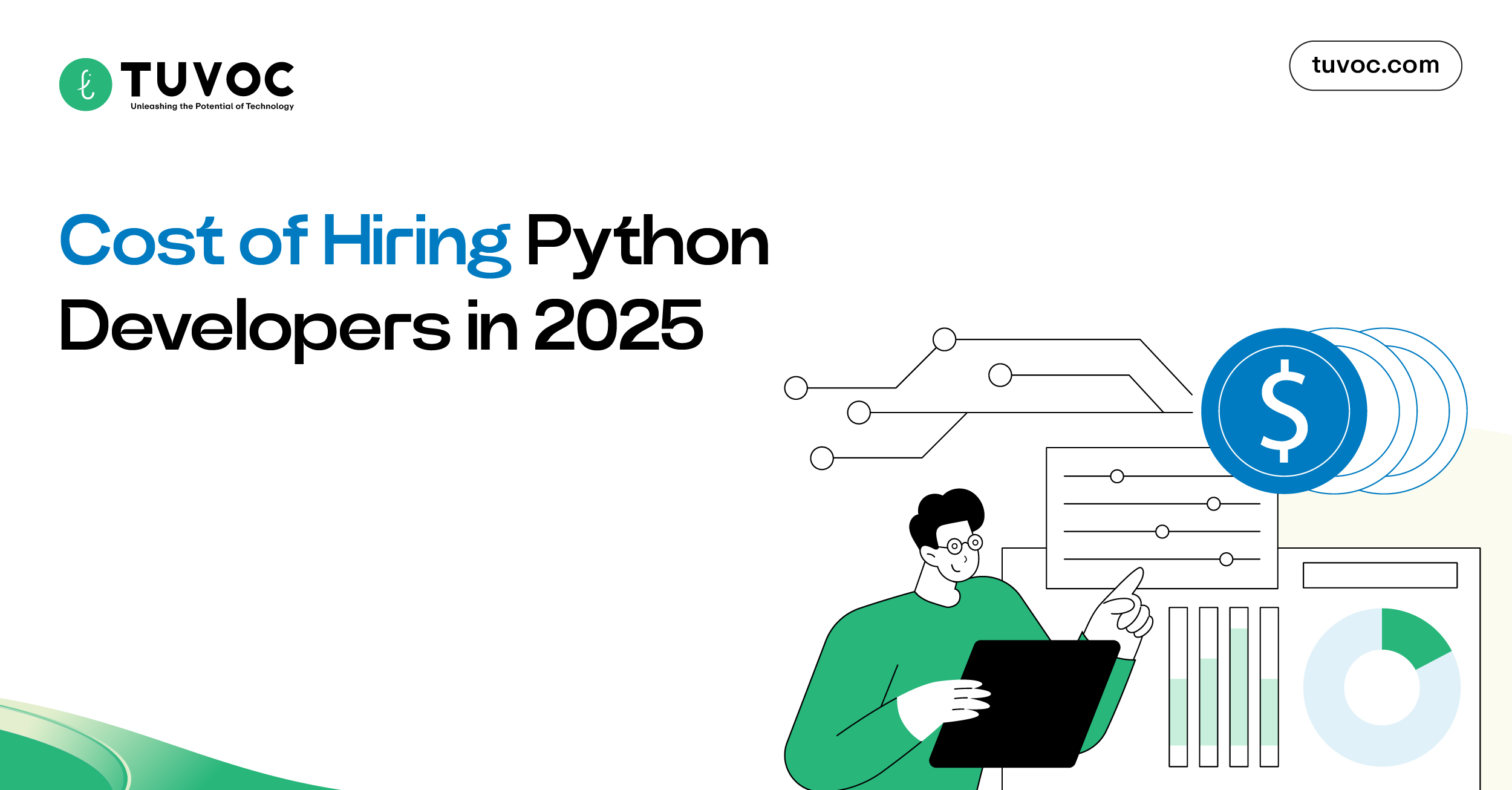
Understand Cost of Hiring Python Developers in 2025: Factors and Strategies
Note: The estimated cost of hiring Python developers can range between $ 15-17 hourly or more. The exact cost, team…
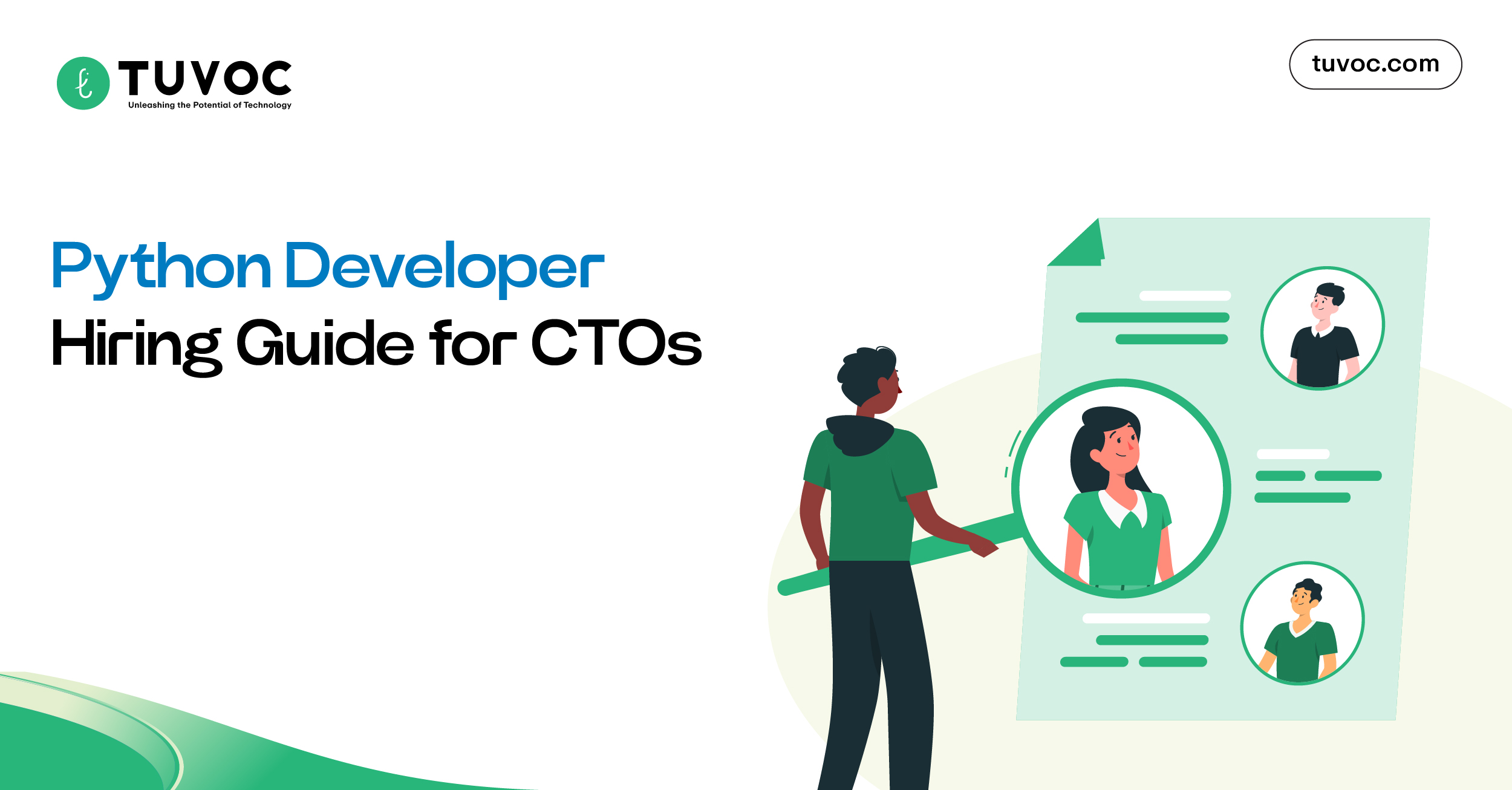
Top CTO Checklist for Hiring Python Developers
Introduction Python is among the popular programming languages due to its comprehensive libraries, frameworks, and versatility. Many popular companies like…
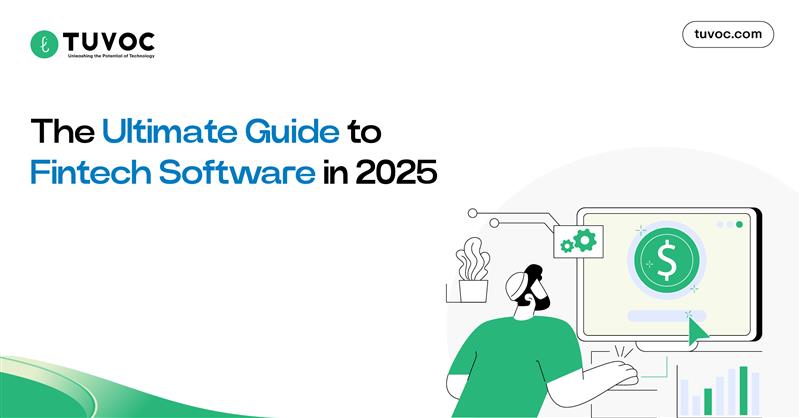
The Ultimate Guide to Fintech Software in 2025: Everything You Need to Know
Fintech software revolutionized the financial landscape, with global fintech funding reaching a record $132 billion in 2021, accounting for 21%…
